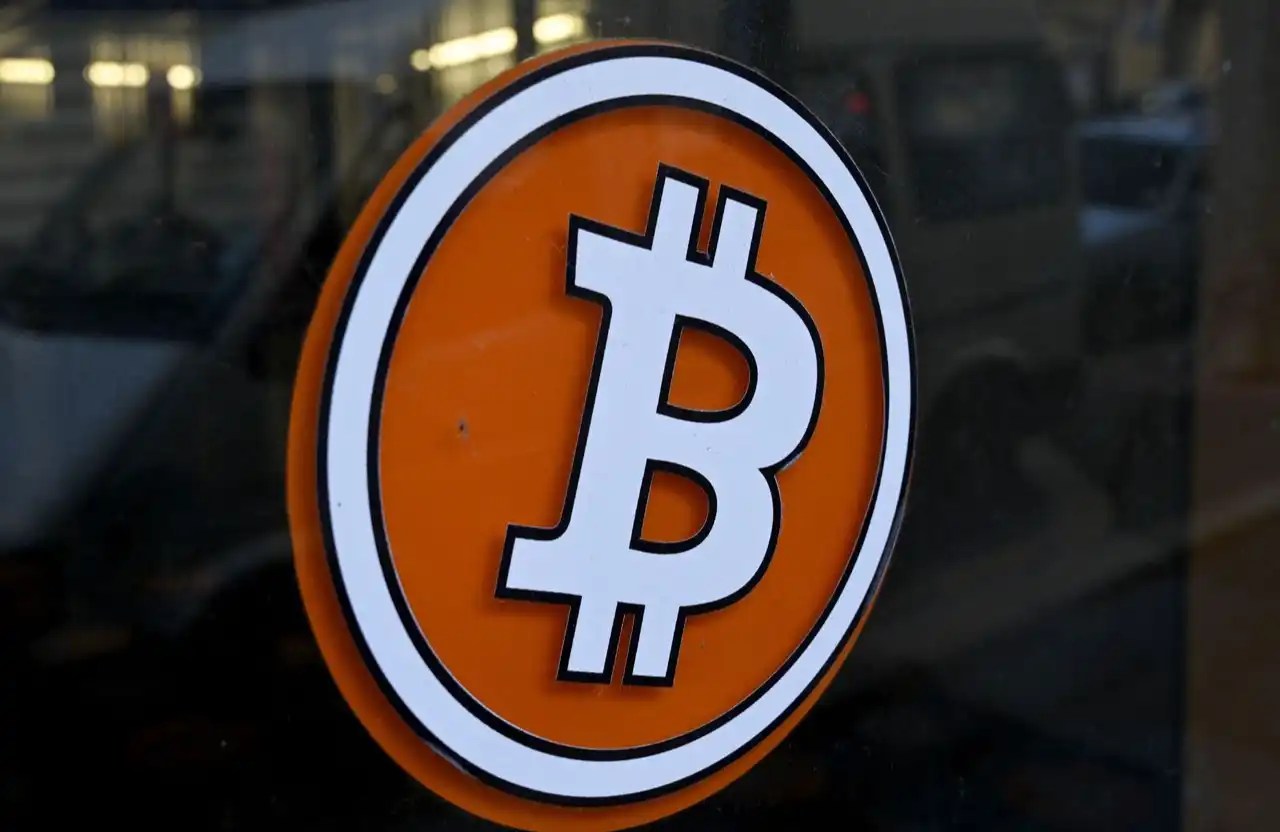Bitcoin's ETF Outflows: Navigating Volatility and Assessing the Bull Case in Q3 2025
The cryptocurrency market in Q3 2025 has been a study in contrasts. Bitcoin ETFs, once seen as a cornerstone of institutional adoption, have faced a wave of outflows, with U.S. spot ETFs shedding $1.17 billion over five consecutive days in August. Yet, beneath the surface of this volatility lies a more nuanced story: one where institutional confidence remains intact, macroeconomic pressures test market resilience, and strategic opportunities for long-term investors are emerging.
The Outflow Narrative: A Test of Resilience
The ETF outflows in August were not a collapse of demand but a recalibration. Retail investors, spooked by the Federal Reserve's hawkish pivot and a surprise inflationary PPI report, retreated. Meanwhile, institutional players—led by BlackRock's IBIT, which recorded zero outflows during the selloff—continued to accumulate. This duality underscores a maturing market, where short-term panic coexists with long-term conviction.
The technical picture, however, is more fragile. Bitcoin's price fell to a 7-week low of $111,000, with its Relative Strength Index (RSI) hitting 23.18, an oversold level. The critical support zone of $100K–$107K has become a psychological battleground. A break below this range could trigger a deeper correction, testing the mid-$100Ks. Conversely, a rebound above $117K–$120K could reignite the year-end bull case, particularly if the Fed's anticipated rate cuts materialize in September.
The Institutional Barbell Strategy
While Bitcoin's zero-yield structure has made it less attractive in a high-rate environment, institutional investors have adopted a “barbell strategy.” They allocate 5–10% of portfolios to Ethereum , which offers a 3.5% staking APY and a deflationary supply model, while hedging with Treasury Inflation-Protected Securities (TIPS) and long-dated options. This shift is evident in ETF flows: Ethereum ETFs attracted $2.96 billion in inflows in August, outpacing Bitcoin's outflows.
The ETH/BTC ratio, now at 0.037—the highest since 2023—reflects this reallocation. Ethereum's utility-driven ecosystem, bolstered by regulatory clarity under the CLARITY Act, has made it a compelling alternative to Bitcoin's store-of-value narrative. For investors, this suggests a need to diversify beyond Bitcoin, particularly as macroeconomic uncertainty persists.
Strategic Entry Points Amid Volatility
The August 25 reversal—$219 million in ETF inflows—marked a potential inflection point. While this single-day inflow is not yet a sustained trend, it signals that institutional buyers view the current price as a strategic entry point. The key for investors is to monitor whether this inflow is part of a broader accumulation phase. Sustained weekly inflows above $1 billion could trigger a scarcity-driven price environment, especially if the Fed's September rate cut reduces the opportunity cost of holding Bitcoin.
For those willing to navigate the volatility, the $100K–$107K support zone offers a high-probability entry point. A disciplined approach—using stop-loss orders just below $100K and scaling into positions as the price stabilizes—could position investors to capitalize on a potential rebound. Additionally, diversifying into Ethereum or innovative altcoins like Layer Brett, which offers 25,000% APY staking rewards and a robust DAO governance model, could enhance returns while mitigating risk.
Macro Risks and the Road Ahead
The Federal Reserve's September policy decision remains the most critical catalyst. If core PCE data, due on August 30, signals softer inflation, the market could pivot to a risk-on environment, favoring Bitcoin and other crypto assets. Conversely, a hawkish surprise could prolong the selloff. Investors must also contend with geopolitical risks and regulatory developments, which could introduce further volatility.
In the long term, Bitcoin's fundamentals remain intact. Post-halving dynamics, institutional accumulation, and a growing treasury market (MicroStrategy's $71 billion BTC holdings are a case in point) provide a strong foundation. However, the path to year-end targets—$120K and beyond—will require patience and discipline.
Conclusion: Balancing Caution and Opportunity
The Q3 2025 outflows are not a bearish signal but a test of the market's maturation. For investors, the challenge is to balance risk management with strategic entry points. Monitoring key technical levels, aligning with institutional flows, and diversifying into Ethereum and high-conviction altcoins like Layer Brett can help navigate the volatility. As the Fed's policy trajectory becomes clearer in September, the stage is set for a potential bull market breakout—provided investors remain vigilant and adaptable.
Disclaimer: The content of this article solely reflects the author's opinion and does not represent the platform in any capacity. This article is not intended to serve as a reference for making investment decisions.
You may also like
Bitcoin set for ‘promising new year’ as it faces worst November in 7 years

From "whoever pays gets it" to "only the right people get it": The next generation of Launchpads needs a reshuffle
The next-generation Launchpad may help address the issue of community activation in the cryptocurrency sector, a problem that airdrops have consistently failed to solve.

After bitcoin returns to $90,000, is Christmas or a Christmas crash coming next?
This Thanksgiving, we are grateful for bitcoin returning to $90,000.
